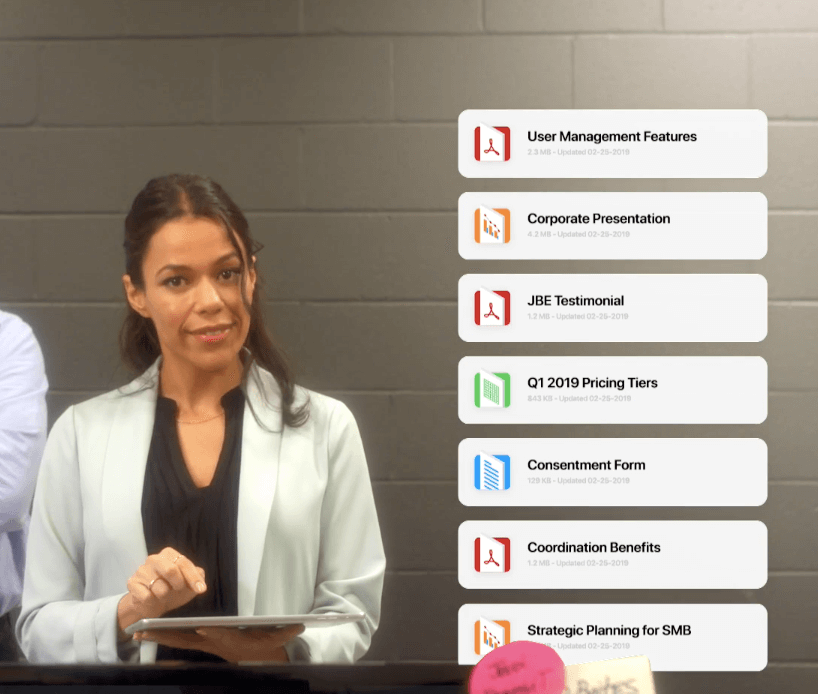O
k so here’s the scenario. You’re a senior level B2B sales pro for a leading software company and who makes your quota every quarter. You receive a hot tip from a close personal friend that ABC Financial Group is in the mid-stages of evaluating and purchasing an enterprise software solution exactly like the one you sell. Your even more excited when you learn that the prospect has budgeted mid-six-figures for the project for year one. You’re hot in pursuit. You begin calling the project decision-maker and after two weeks and 20 calls, you finally connect. Upon speaking with the prospect, he asks you immediately for pricing, rattles off a list of twelve key software requirements for the deal, and wants to see a product demo at your very first meeting – early next week! You scramble to pull together demo resources, a script, presentation materials, and additional product information, only to receive an email one day prior that after reviewing your website and talking with one of your customers, you have been disqualified from the review. Decision made, without ever personally meeting the decision-maker.
This scenario may or may not sound familiar to you, but the point is that today’s buyers are on the ball. They’re more knowledgeable and better informed. Blame it on information availability or even overload, today’s B2B buyers come to the deal table with more information, more confidence, and certainly more control over the sales cycle than ever before. In fact, according to Forrester, 60% of B2B buyers state they’re fully capable of finalizing their own selection criteria or even creating a vendor short list without ever talking to a sales person.
With sales strategies dictating a stronger emphasize on creating value and trust with buyers, let’s look at three key ways that successful sales representatives are keeping pace with today’s smarter, more empowered buyers.

Digitalization is followed closely by personalization. Today’s digital buyer’s journey is not a one size fits all approach, and therefore buyers have come to expect and increasingly greater level of personalization throughout the purchasing cycle. Knowing a prospect’s company and products at a superficial level is no longer enough. Sellers need a comprehensive understanding of a prospects’ business model, their challenges, and how their solution can uniquely address their needs. Personalization is not only becoming more expected by older, traditional buyers, but a critical requirement for today’s younger millennial set. Younger buyers have been groomed by digital technology and e-commerce to receive what they want when they want it whether from an e-commerce site or in-person meeting. For sellers, it means doing your homework, knowing your prospects’ needs intimately, and being one hundred percent prepared for the unexpected before, during, and after meeting with prospects.
What about sales materials and content? With a keen understanding of customer needs, the last thing successful sales people want to present is boring, non-specific content. Today’s sales materials need to reach over and above standard PowerPoints, PDF’s and “general” overview presentations. Take time to prepare targeted, personalized materials that demonstrate how you solve customer needs and pain points and arriving at an optimal outcome. Technology and tools exist to help sales people develop exciting, interactive content that teaches and engages, and that can be easily tailored to meet the specific needs of individual buyers. Today’s buyers have conducting much homework on your company and solutions before they meet with you, make sure that your presentation materials accurately address who you’re talking to and how you can specifically meet their needs.

Keeping in step with today’s buyers is attainable by enabling not only sellers, but the buyers as well. Sellers need to provide accurate representation of who your company is, what you do, and how you do it better than the competition. As sales professionals, make sure you enable buyers by providing valuable insight, advisory, education and tools to enable them to make the right decision.

